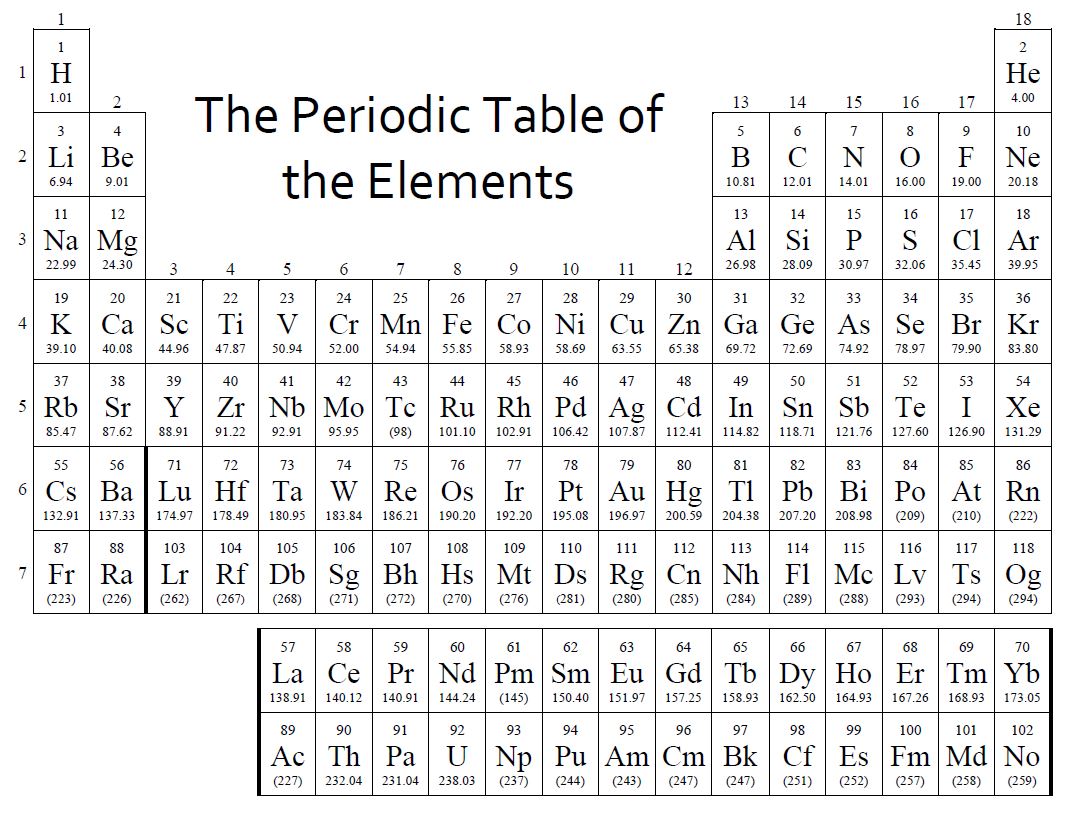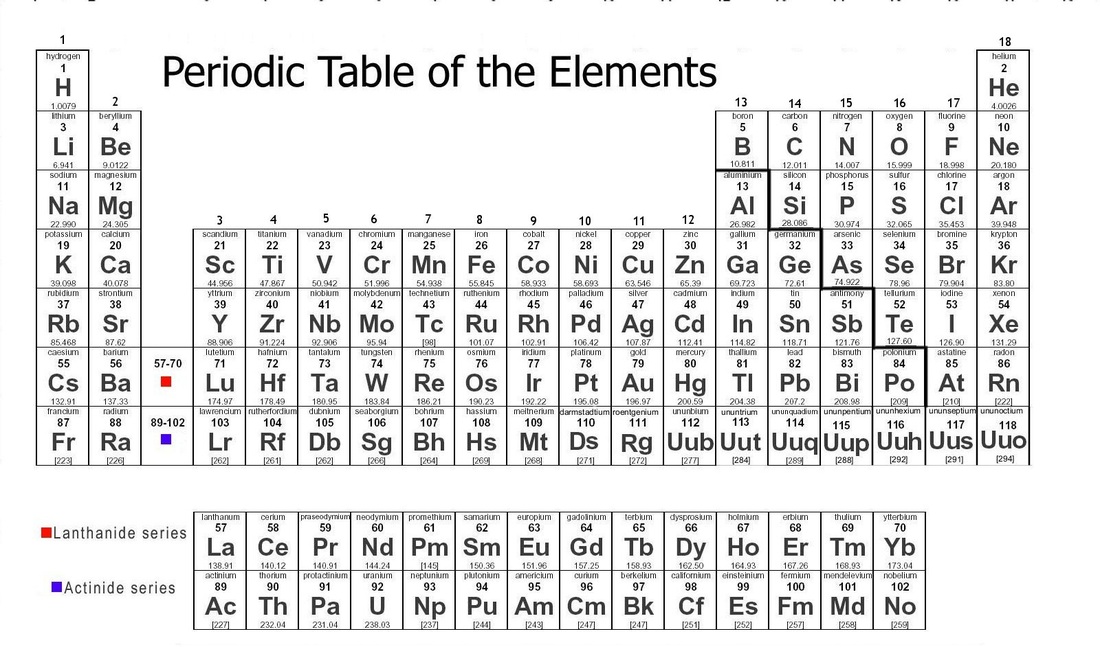
- THE PERIODIC TABLE CHEMISTRY TEST WIZARD SERIES
- THE PERIODIC TABLE CHEMISTRY TEST WIZARD DOWNLOAD
Nonmetals are elements that cannot conduct heat or electricity. Metals easily lose electrons and form positive ions (cations). Metals are elements that effectively conduct heat and electricity. Metallic character is defined by the degree of reactivity of a metal. Electron affinity is a measure of a neutral atom’s strength of gaining an electron. Electronegativity is a measure of the strength of atoms in attracting a shared pair of electrons to themselves. Ionization energy is the energy needed to remove electrons from a neutral atom resulting in a positively charged ion. Electron configuration is the distribution of electrons in atomic or molecular orbitals. The elements are also grouped into metals, metalloids, and nonmetals. The blocks are labeled the s-block, f-block, d-block, and p-block. Groups are numbered from 1 (leftmost column) to 18 (rightmost column). There are seven rows (periods), 18 columns (groups), and four blocks in the periodic table. The organization of elements can also predict the properties of unknown or newly discovered elements. The arrangement of chemical elements can provide insight about the relationships of the elements with each other. Atomic number – the number of protons in the atom’s nucleus. Name – the common name of the element. Symbol – an abbreviation of the chemical element’s name. The parts included in the element’s label depends on the version of the periodic table, but these are the basics:. The periodic table we use now is based on Mendeleev’s structure. Deming was being circulated in American schools. By the 1930s, the popular version of the periodic table attributed to Horace G. In 1871, Russian Chemist Dmitri Mendeleev published a new edition of his periodic table with similar elements grouped in columns rather than in rows. THE PERIODIC TABLE CHEMISTRY TEST WIZARD SERIES
From 1863 to 1866, English chemist John Newlands wrote a series of papers explaining similar properties of elements recurring at intervals of eight, which became known as the Law of Octaves. In 1864, German chemist Julius Lothar Meyer published a table with 28 elements while English chemist William Odling published a table of 57 elements. In 1862, French geologist Alexandre-Emile Beguyer de Chancourtois published the “telluric screw” which is a three-dimensional arrangement of the elements. In 1857, French chemist Jean-Baptiste Dumas described relationships between groups of metals in his published work. In 1843, German chemist Leopold Gmelin produced a table of 55 elements which is one of the foundations of our modern periodic table. In 1829, German chemist Johann Wolfgang Döbereiner discovered that the elements can be grouped into triads based on their chemical properties, which became known as the Law of Triads. In the following century, chemists continued to research and observe relationships of the elements and develop one scheme that unites these relationships. French chemist Antoine-Laurent de Lavoisier came up with the first list of chemical elements in 1789.  The elements are also arranged according to atomic number, electron configuration, ionization energy, electronegativity, electron affinity, and metallic character. The elements are arranged in columns (called groups), rows (called periods), and specific rectangular areas (called blocks). The other 24 were synthesized in laboratories. As of 2019, there are 118 identified chemical elements.
The elements are also arranged according to atomic number, electron configuration, ionization energy, electronegativity, electron affinity, and metallic character. The elements are arranged in columns (called groups), rows (called periods), and specific rectangular areas (called blocks). The other 24 were synthesized in laboratories. As of 2019, there are 118 identified chemical elements. 
 Chemical elements are materials that cannot be broken down through chemical methods. The periodic table is a display of the chemical elements. Key Facts & Information General Information
Chemical elements are materials that cannot be broken down through chemical methods. The periodic table is a display of the chemical elements. Key Facts & Information General Information THE PERIODIC TABLE CHEMISTRY TEST WIZARD DOWNLOAD
See the fact file below for more information on the periodic table or alternatively, you can download our 27-page Periodic Table worksheet pack to utilise within the classroom or home environment. The elements are organized by atomic number, electron configuration, and other periodic patterns based on the elements’ chemical properties. The periodic table of elements, simply known as the periodic table, is a two-dimensional chart of the chemical elements. Download the Periodic Table Facts & Worksheets.If you need some other activities to use with one or more of these riddles, check out these periodic table scavenger hunt ideas. Keep doing this until they either guess the right answer or they run out of clues. If they do guess incorrectly, read them the clue on the second line and have them guess again. To use that final idea, read the first line of it to your children and ask them to take a guess at the answer.Īs the clue says that it’s something that contains more than 100 things, there’s a good chance that they’re not going to guess that the answer is the periodic table. The first couple of these rhyme, while the third is a What Am I riddle.







 0 kommentar(er)
0 kommentar(er)
